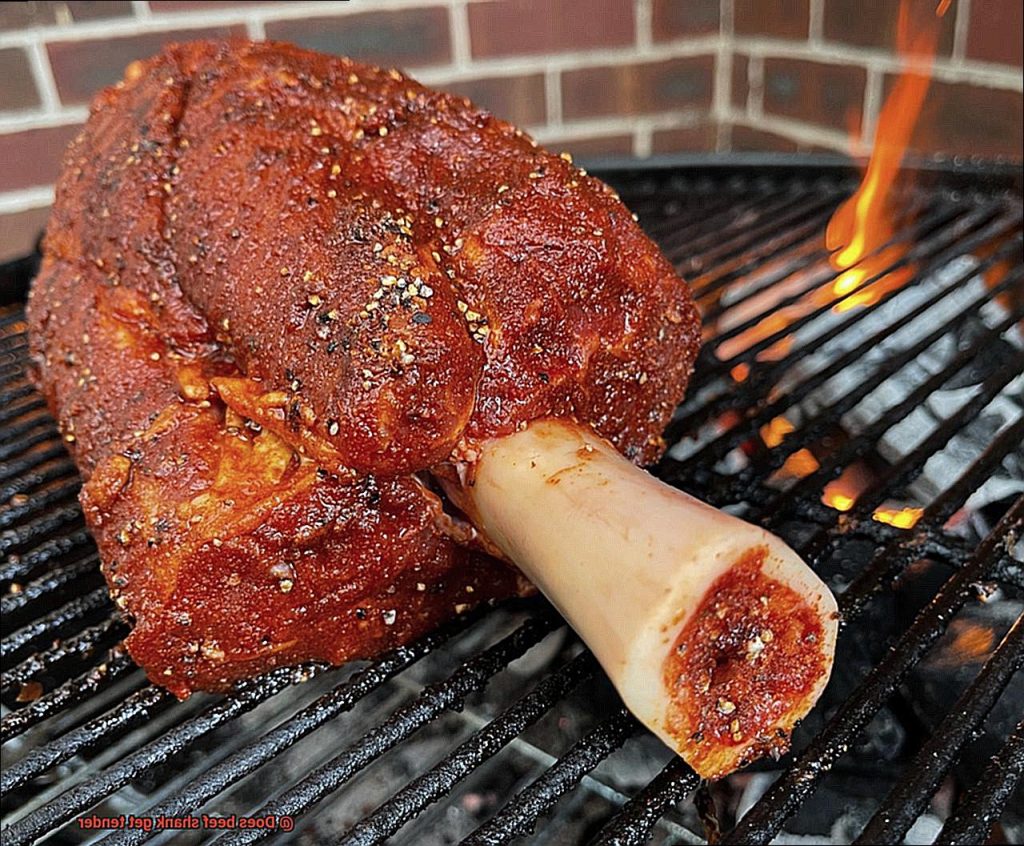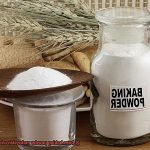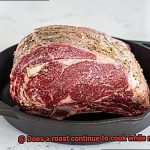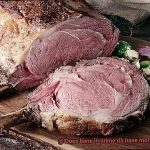Beef shank might not be the most popular cut of meat, but don’t let its tough reputation scare you away. With the right cooking techniques, beef shank can be transformed into a tender and flavorful dish that will leave your taste buds begging for more.
If you’re wondering why you should bother with beef shank when there are so many other options available, let me tell you – this inexpensive cut is incredibly versatile and packed with nutrients. From hearty stews to spicy curries, beef shank can hold its own in a variety of dishes.
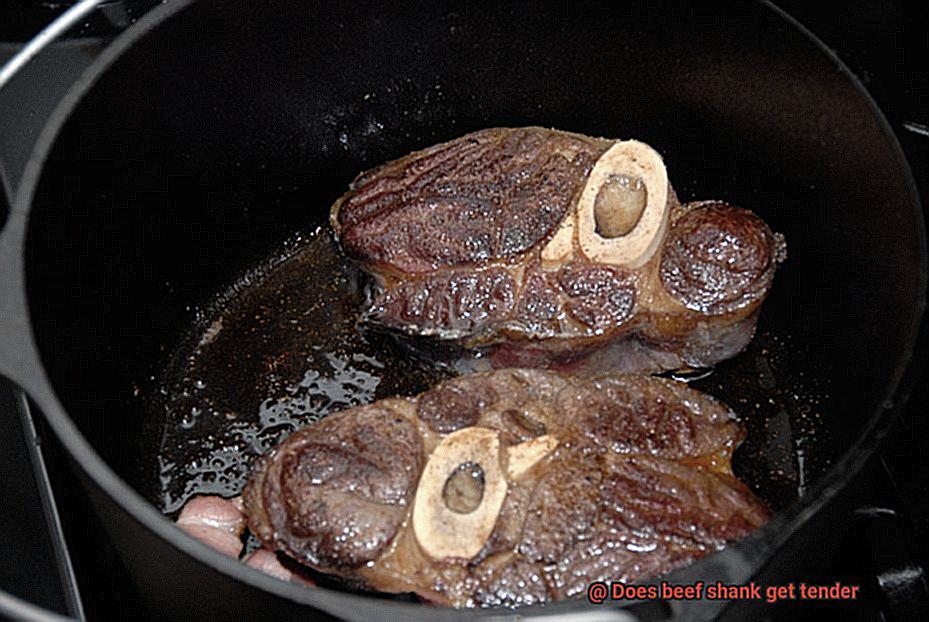
But how do you turn this tough piece of meat into a succulent delight? The secret lies in slow and low cooking. With ample time to break down the connective tissues and release natural juices, beef shank becomes tender and juicy when cooked properly.
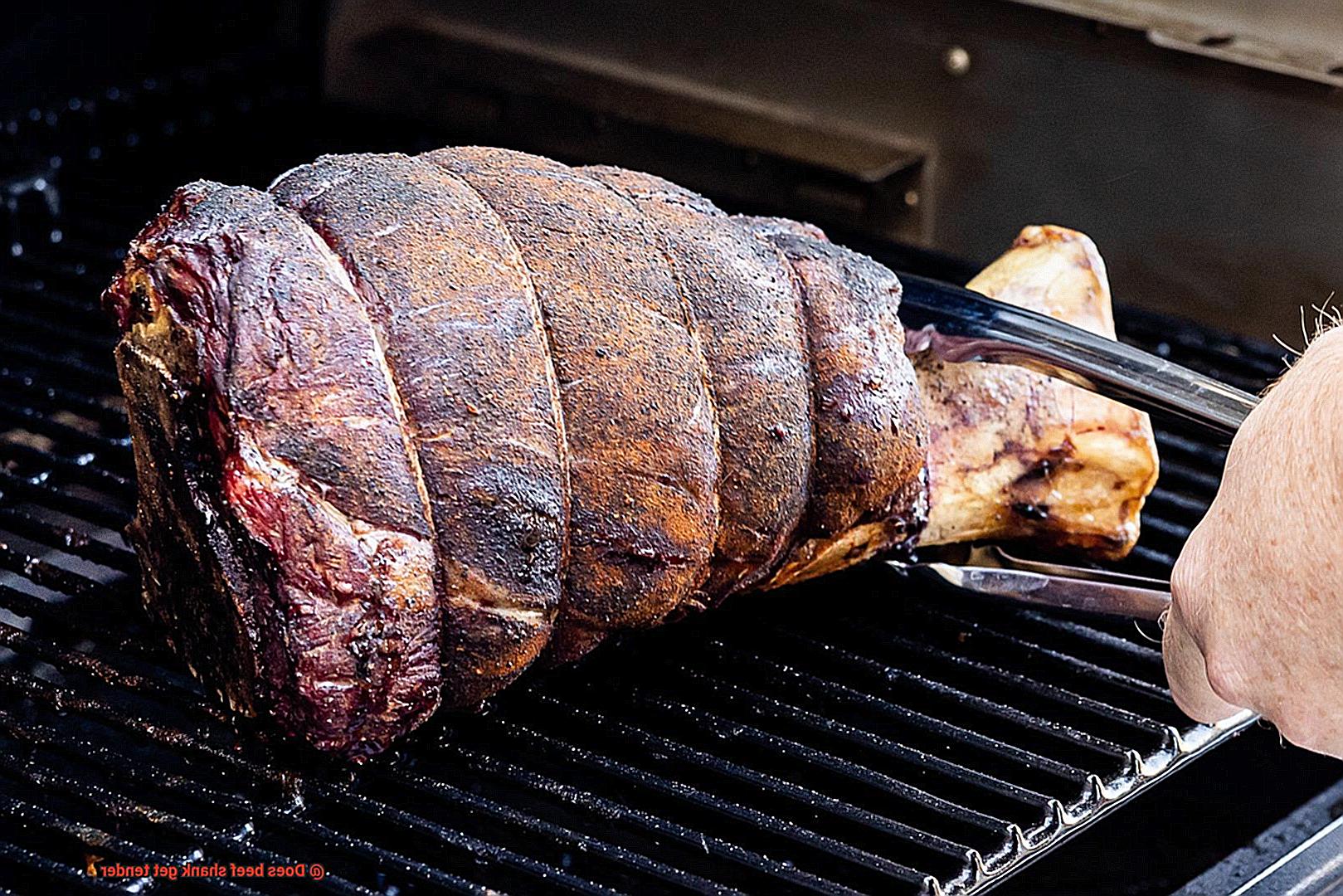
Don’t worry if you’re new to cooking with beef shank – we’ve got your back. In this blog post, we’ll guide you through the process step-by-step and provide you with tips and tricks along the way. Get ready to impress your family and friends with your newfound beef shank cooking skills.
Contents
What is Beef Shank?
This cut of meat comes from the lower leg of a cow and is a tough and sinewy piece that requires long cooking times to become tender. But fear not, with the right techniques and ingredients, it can be transformed into a succulent and delicious dish that everyone will love.
One of the best ways to make beef shank tender is to braise it. To braise beef shank, sear it first in a hot pan to give it some color and flavor before adding it to a pot with beef broth or red wine, along with vegetables like onions, carrots, and celery. The dish should then be cooked for several hours on low heat until the meat is fork-tender. The connective tissue breaks down during the slow cooking process, resulting in a tender and flavorful dish.
If you don’t have time to braise your beef shank, you can also cook it in a slow cooker or pressure cooker. Both methods involve cooking the meat at a low temperature for an extended period. Slow cookers are particularly useful for beef shank because they can be left unattended for several hours while the meat cooks, making it a convenient option for busy days.
Another way to infuse flavor into beef shank is to marinate it before cooking. A mixture of acid, oil, and seasonings can penetrate the tough muscle fibers and break them down over time. Marinating the meat overnight in the refrigerator before cooking can help to tenderize it and create a delicious dish with a depth of flavor.
Beef shank is an inexpensive cut of meat but requires patience and attention to detail when cooking to achieve the desired tenderness. It can be purchased bone-in or boneless and is typically sold in 1-2 inch thick slices. This cut of meat is often used in stews, soups, and braises because of its connective tissue and collagen content, which break down during cooking and result in a flavorful and tender dish.
Benefits of Beef Shank
This delicious and versatile cut of meat has a lot to offer, from its tenderness to its rich flavor. As an expert in the benefits of beef shank, let me tell you why you should add it to your next meal.
First and foremost, beef shank is tough but tender when cooked properly. Its connective tissue needs to be broken down through slow cooking methods like braising or stewing, resulting in a succulent and juicy meal that will leave you wanting more.
But the taste of beef shank is just as impressive as its texture. It has a slightly sweet and nutty flavor that pairs well with a variety of spices and herbs. Whether you’re making an Asian-inspired dish or a hearty European stew, beef shank is the perfect addition.
And let’s not forget about the nutritional benefits. Beef shank is a great source of protein, iron, and zinc, all of which are essential nutrients for a healthy diet. It also contains collagen, which can improve skin health and joint health.
What’s more, beef shank is an affordable cut of meat that won’t put a dent in your wallet. While it may take some extra time and effort to cook compared to other cuts, the end result is well worth it.
Different Cooking Techniques for Tenderizing Beef Shank
Beef shank is a delectable cut of meat that’s packed with flavor and nutrition, but it can be tough to cook to perfection. However, there are several cooking techniques that can help you tenderize this delicious cut of beef and unleash its full potential.
Firstly, slow cooking is a classic technique that never fails to deliver melt-in-your-mouth meat. The method involves cooking the beef shank at a low temperature for an extended period, allowing the collagen in the meat to break down gradually. The result? A succulent and flavorful dish that’s sure to impress your guests.
If you’re looking for a slightly more hands-on approach, braising might be the perfect fit for you. This technique involves browning the beef shank before adding it to a flavorful liquid such as broth or wine, and simmering it for several hours until it falls off the bone. The outcome is a tender and juicy dish that bursts with flavor in every bite.
Marinating is another technique that works wonders in tenderizing beef shank. By soaking the meat in an acidic marinade that includes herbs and spices, the acid breaks down the tough fibers in the meat, resulting in a more tender texture and deeper flavor profile.
Last but not least, pressure cooking is a fast and efficient method that’s perfect for those who are short on time. This technique involves cooking the beef shank under high pressure and heat, which rapidly breaks down the collagen and results in a dish that’s both tender and juicy.
Braising Beef Shank
The secret lies in the art of braising. This cooking method is perfect for beef shank, which contains a lot of connective tissue and collagen that can be broken down into gelatin through low and slow cooking. As an expert in braising beef shank, I’m excited to share with you the steps to achieve tender and flavorful meat that will have your taste buds dancing.
To start, we’ll need to sear the beef shank in a hot pan until it develops a beautiful crust, sealing in the juices and flavor. Then, we’ll transfer it to a pot with some aromatic vegetables like carrots, onions, and celery. These veggies not only add extra flavor, but also create a bed for the beef shank to rest on.
Now comes the fun part – adding the liquid. You can use beef broth or red wine to cover about two-thirds of the meat. Herbs and spices like thyme, bay leaves, or garlic are great additions for enhancing the flavor.
Cover the pot with a tight-fitting lid and place it in an oven preheated to 325°F. The long, slow cooking process is necessary to break down the tough fibers of the meat into tender succulence. Depending on the size of the beef shank, this can take anywhere from three to four hours.
Once the beef shank is fork-tender, remove it from the pot and let it rest for 10 minutes before slicing it against the grain. This ensures that each bite is tender and easy to chew. You can serve it with the vegetables and sauce from the pot or strain the sauce and serve it separately.
In summary, braising beef shank is a simple yet effective way to transform a tough cut of meat into a mouthwatering meal. Here’s a recap of what you need to do:
- Sear the beef shank in a hot pan
- Transfer it to a pot with vegetables
- Add liquid and herbs/spices for flavor
- Cover and braise in the oven at 325°F for several hours
- Rest and slice against the grain before serving
Slow Cooking or Pressure Cooking Beef Shank
Let me share my expert knowledge with you to help you decide which method suits your taste and schedule.
Firstly, let’s talk about slow cooking. This method involves cooking the beef shank at a low temperature for a long time, usually in a slow cooker or Dutch oven. The result is meat that is infused with flavor and incredibly tender. With slow cooking, you have the luxury of time to let the flavors develop and create a dish that will have your taste buds singing with joy.
However, if you’re in a hurry, this method may not be your best bet as it can take several hours to achieve that melt-in-your-mouth texture.
On the other hand, pressure cooking involves cooking the beef shank in a sealed pot with high pressure and temperature. The intense pressure helps to break down the tough fibers in the meat, resulting in a juicy and succulent beef shank in just a fraction of the time.
This method is perfect for those who are short on time but still want to achieve amazing results. However, if you’re not careful, overcooking can lead to dry and tough meat.
When deciding which method to choose, consider your personal preferences and schedule. If you have a lot of time and want to infuse your beef shank with rich flavors, slow cooking is the way to go. But if you’re in a rush and still want to achieve tender results, pressure cooking is your best bet.
Marinating Beef Shank
Fear not, because marinating is the ultimate solution. As an expert in all things beef shank, I’m here to guide you through creating a marinade that will make your dish mouth-watering.
The secret to a successful marinade lies in the ingredients. To break down the tough muscle fibers in the meat, you need an acid. Vinegar, citrus juice, or wine are excellent choices. Adding salt not only enhances flavor but also tenderizes the beef. And oil, such as olive oil, vegetable oil, or sesame oil, keeps your meat moist during cooking.
But why stop there? Herbs and spices are the cherry on top of a perfect marinade. You can use garlic, ginger, rosemary, thyme, cumin and more. Get creative and experiment with different combinations to suit your taste.
To start marinating, mix all your desired ingredients together in a bowl or resealable plastic bag. Then place your beef shank in the marinade and ensure it’s fully coated. Cover and refrigerate for at least a few hours or overnight. This allows the flavors to penetrate the meat and create a tender masterpiece.
When it’s time to cook your marinated beef shank, grill or roast it to perfection. Your taste buds will be dancing with joy as they savor the tender and flavorful meat.
Tips and Tricks for Making Tender Beef Shank
Tenderizing beef shank requires patience and effort, but the end result is worth it. By following these tips and tricks, you can transform this tough cut of meat into a succulent and delicious dish that will impress your guests.
Choose the Right Cut
Not all beef shanks are created equal. Look for cuts that have a good amount of marbling and connective tissue. These are the parts that will break down during cooking and result in a tender and flavorful dish.
Cook Low and Slow
Cooking beef shank low and slow is the key to achieving a melt-in-your-mouth texture. Use a slow cooker, braising pot, or oven to cook the meat at a low temperature for an extended period of time. This allows the connective tissue to break down gradually, resulting in tender meat that falls off the bone.
Sear the Meat
Searing the beef shank before slow cooking it is essential for locking in the juices and creating a flavorful crust on the outside of the meat. Heat up a skillet or Dutch oven over high heat and sear the beef shank for a few minutes on each side until it is browned.
Add Plenty of Liquid
Adding liquid such as broth, wine, or even water will help to keep the meat moist and prevent it from drying out as it cooks. Be sure to cover the beef shank with enough liquid so that it stays submerged throughout the cooking process.
Marinate for Flavor
Marinating beef shank before cooking can add depth and complexity to the dish while also tenderizing it. Consider using a marinade of olive oil, garlic, herbs, and spices to infuse the meat with flavor.
Let it Rest
After cooking, let the beef shank rest before slicing or serving. This allows the juices to redistribute throughout the meat, resulting in a more flavorful and tender dish. Cover the beef shank with foil and let it rest for at least 10-15 minutes before serving.
Conclusion
In conclusion, beef shank is a cut of meat that may seem tough at first glance but can be transformed into a succulent and flavorful dish with the right cooking techniques. Slow and low cooking methods such as braising, slow cooking, pressure cooking or marinating can work wonders in breaking down the connective tissues and resulting in juicy and tender meat.
When selecting beef shank, it’s important to look for cuts with good marbling and connective tissue. By searing the meat before cooking, you can lock in those precious juices and create a delicious crust. Additionally, adding enough liquid during cooking helps to keep the meat moist and prevent it from drying out. Marinating your beef shank not only adds flavor but also helps to tenderize the meat.
What’s more, beef shank is an affordable cut of meat that is packed with essential nutrients like protein, iron, zinc, and collagen which improves skin health and joint health. By following these tips and tricks for making tender beef shank, you’ll be able to impress your family and friends with your newfound culinary skills.
So don’t let its tough reputation scare you away – give beef shank a try.

